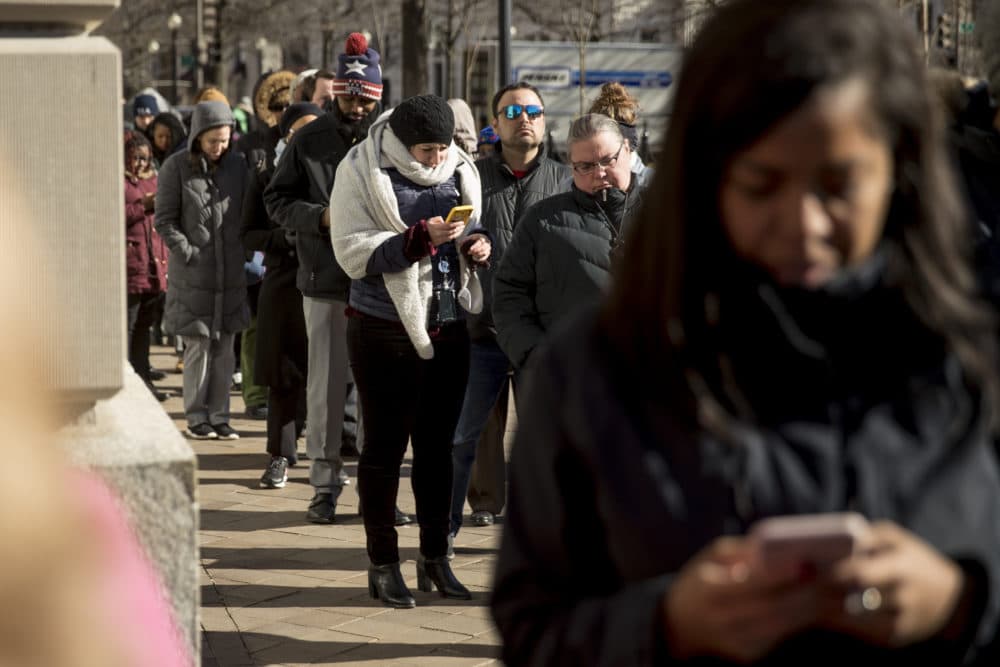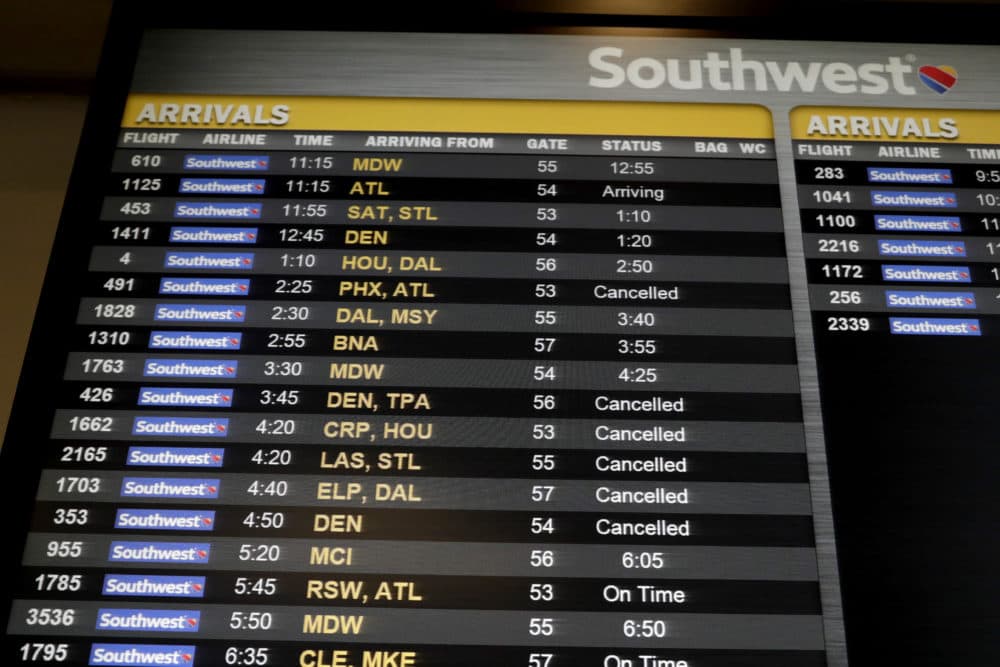Advertisement
Commentrary
The Shutdown Was Painful — But Not Nearly Painful Enough To Stop The Next One

The longest government shutdown in history has ended. But come February 15, another one looms.
No question, the shutdown was painful. The problem is: It wasn’t painful enough.
The Constitution was ratified in 1788 and went into effect in 1789. For 192 years, the government managed to stay up and running. Occassionally, it probably shouldn’t have. A law on the books — the Antideficiency Act – made it a crime to spend money unappropriated by Congress. But it was pretty much ignored until 1980 when there was a fight over the powers of the Federal Trade Commission. Congress balked on its budget, the persnickety Carter administration invoked the law, and 1,600 workers were sent home.
It lasted one day.
Since then, there have been nine more instances where workers were sent home. The next three were also one day each, the fifth was three days and the sixth, in Nov. 1995, lasted five days.
And then the wheels came off. Twenty-one days in 1995, 16 days in 2013, three days in January 2018 and, of course, the longest of them all: The 35-day marathon that just concluded.
With the first few shutdowns, lawmakers were shocked, embarrassed and appalled. But these days, it seems as if shutdowns are becoming simply another tool of politicking, a way to force your foe to bend to your will. It’s bad governance. Shutdowns are kind of a nuclear option: Give me what I want, or I’ll blow up the world. They make impossible the normal give and take — the normal compromises — that are at the core of a democracy.
There’s a way to change this: Actually, really and truly, shut the government down.
Right now, the folks truly hurt when the government closes are federal employees themselves. Yes, monuments are shuttered and national parks get trashed, but for the most part, the rest of us go about our business, barely noticing. The reason, of course, is that many of those furloughed employees are actually compelled to go to work — pay or no pay.
Why did the most recent shutdown end? It wasn’t because of the Trump administration’s deep sympathy for the plight of unpaid workers. Rather, it was slowdowns at major airports and the threat of air traffic stoppages — which only occurred, by the way, because some of those furloughed-but-compelled-to-work employees started to call in sick.

But suppose we took shutdowns seriously? Suppose furloughed employees really did have to stay at home, meaning, for example, that every airport in the country would have to suspend operations.
The shutdown wouldn’t have lasted a day.
There’s a good argument to be made, by the way, that compelling federal employees to come into work is itself a violation of the Antideficiency Act. The law says that the feds can’t use free labor: “An officer or employee of the United States Government or of the District of Columbia government may not accept voluntary services for either government or employ personal services” during a shutdown. There is an exception for “emergencies involving the safety of human life or the protection of property” but this is a narrow written. “Emergencies,” the law makes clear, do “not include ongoing, regular functions of government the suspension of which would not imminently threaten the safety of human life or the protection of property.”
But that exception isn’t being read narrowly. Of the 800,000 employees furloughed in the most recent shutdown, more than half — 420,000 — were compelled to work because they were supposedly providing “emergency” services.
That’s not credible.
What would have happened if the shutdown had meant Air Traffic Control shut down as well? Airplanes would simply stop flying. Inconvenient. Absolutely. But an imminent threat to life or property?
No.
Maybe it’s time for a court challenge. Or perhaps Congress should clarify what technically constitutes an “emergency.”
Or better yet, maybe next time furloughed federal workers should just stay at home. All of them — call in sick, go on vacation, whatever. If that happens, shutdowns will finally become a thing of the past.
